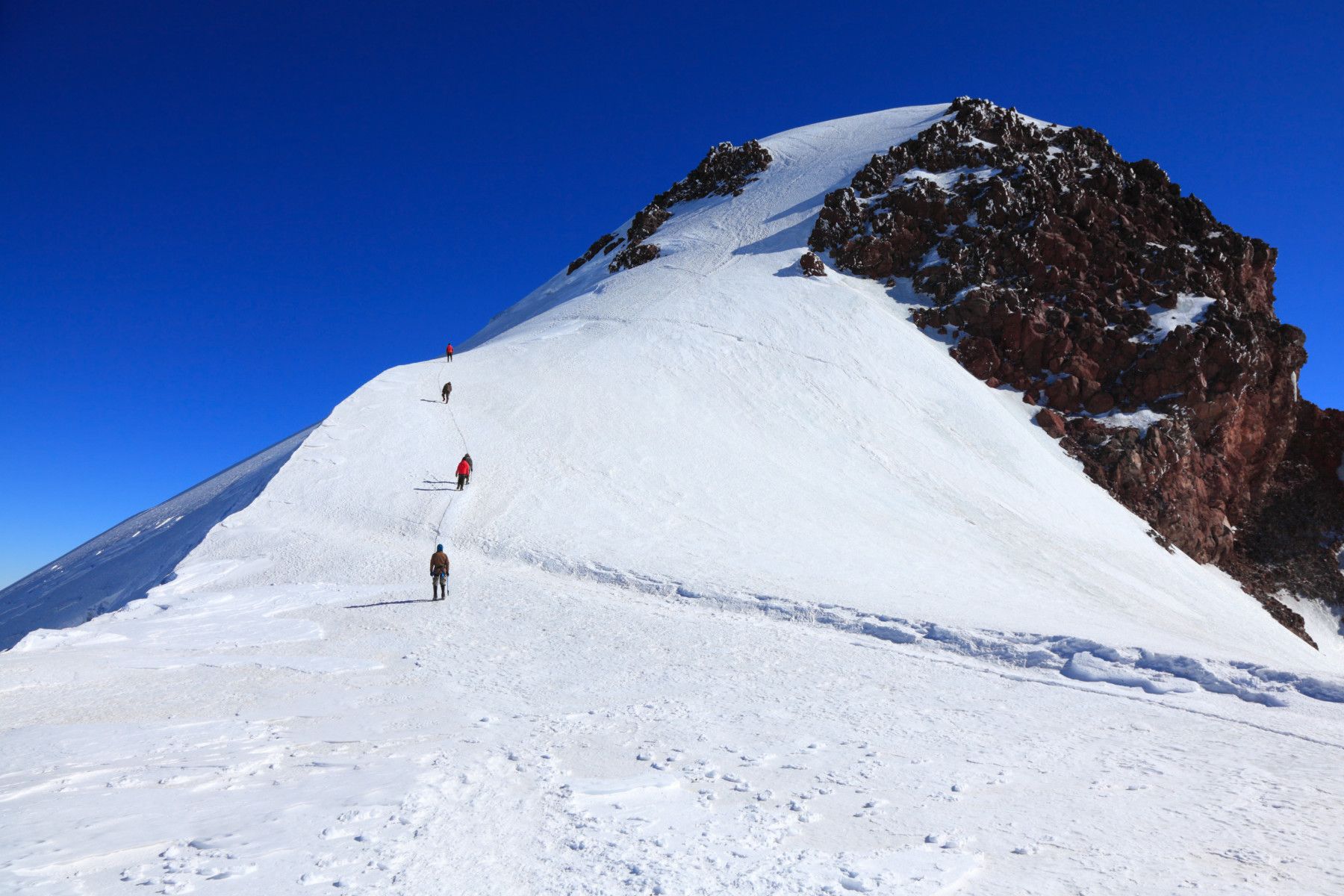Worries about high altitude can haunt beginner and experienced trekkers. Perhaps you've booked your first big mountain ascent and you're worried about how you might react to the high altitude. Or perhaps anxiety about high altitude has prevented you from doing so. Maybe you once failed to complete a summit attempt because you were afflicted with altitude sickness. Either way, if you're in search of further information about what happens to your body at high altitudes, why you might get ill and how it can be prevented, then you're in the right place.
It was in Ladakh, a mountainous region of India, that I experienced first-hand the effects of high altitude. Upon arrival in the regional capital of Leh (3,500m), one member of the party was afflicted with altitude sickness - a pounding headache, vomiting and breathlessness. I escaped this, but once we began our ascent, I found myself getting more breathless the higher I climbed. By the time we were heading up to our final pass - at an altitude of 5,500 metres - I felt ancient, having to stop and catch my breath every twenty steps. And I wasn’t the only one.
The trek left me with questions. Why had my companion gotten sick and I hadn’t? Is there anything they could have done to prevent it? I understood - just - why the altitude had made me breathless, but did it explain why I’d been peeing a lot?
To answer my questions, I spoke to Dr George Chapman. George is an ICU doctor in the NHS, and also has a diploma in Mountain Medicine. A keen mountaineer himself, he’s worked as an expedition medic on Kilimanjaro, at high altitude rescue posts in Nepal and on high altitude marathons. We discussed the three main altitude illnesses, the importance of ascending slowly, and the physiological processes your body performs to adapt.
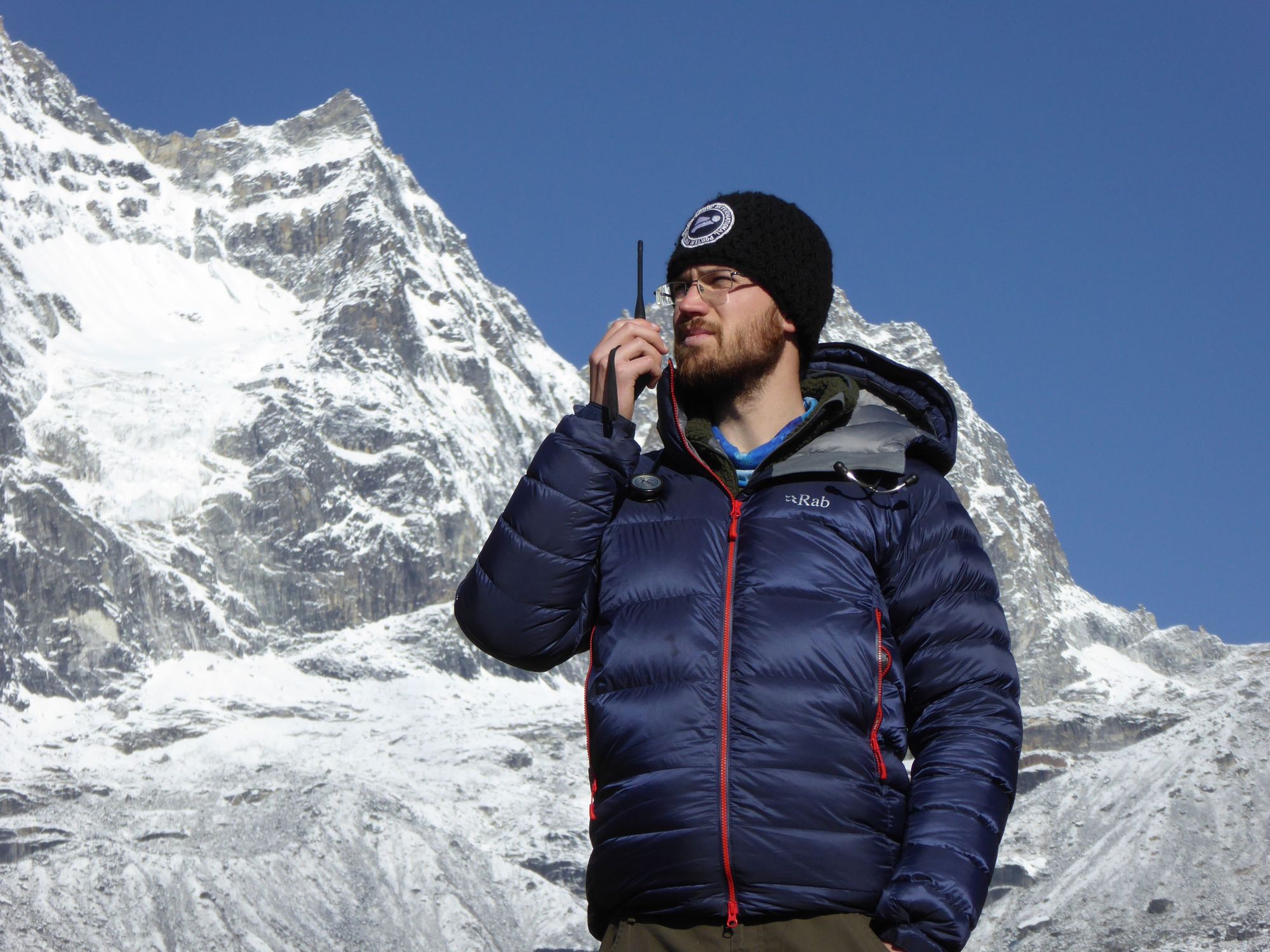
What is High Altitude?
“Where do we define altitude? Opinions vary - there are a lot of opinions and very few facts in altitude medicine,” George says. “2,500 metres to 3000 metres tends to be where we start to define high altitude. But in truth, things start happening to your body even before then, at the summit of Ben Nevis in the UK, for example. The first thing that starts to change is your vision. It is very slightly impaired at about 1500 metres; it's a very subtle effect.”
According to the International Society of Mountain Medicine, high altitudes can be defined as anything above 1,500 metres (5,000 feet) above sea level. They divide these elevations into three categories:
- High Altitude: 1,500 - 3,500 metres (5,000 - 11,500 feet).
- Very High Altitude: 3,500 - 5,500 metres (11,500 - 18,000 feet)
- Extreme Altitude: Above 5,500 metres (18,000 feet)
Mountaineer Edouard Wyss-Dunant also named a fourth category, the Death Zone, which refers to elevations above 8,000 metres - there are around 14 mountains in the world which exceed this height, including Everest. Nobody can acclimate, the body cannot successfully function, at this altitude - an extended stay, without an oxygen tank, will result in death.
You may have been told that at higher altitudes, there’s less oxygen in the air. According to George, this isn’t strictly true.
“When you're standing on top of Mount Everest, you're still breathing 21% oxygen, just like you or I are breathing in the room now. But each litre contains fewer oxygen molecules as the air pressure is less,” he explains.
“When people imagine having a low oxygen level from altitude, they imagine that they're breathing a lower percentage of oxygen. But you need to imagine it not as a percentage but as the amount of oxygen molecules in each lungful. Each lungful has less of the good stuff the higher you go up. So at the summit of Everest, there's a third of the amount of actual useful oxygen molecules in the mixture that you're breathing. At the top of Kilimanjaro, at Everest Base Camp, it's something like half.”
Put very simply, there’s less pressure in the atmosphere to push oxygen molecules together - because they’re further apart, there’s less oxygen in every breath you take.
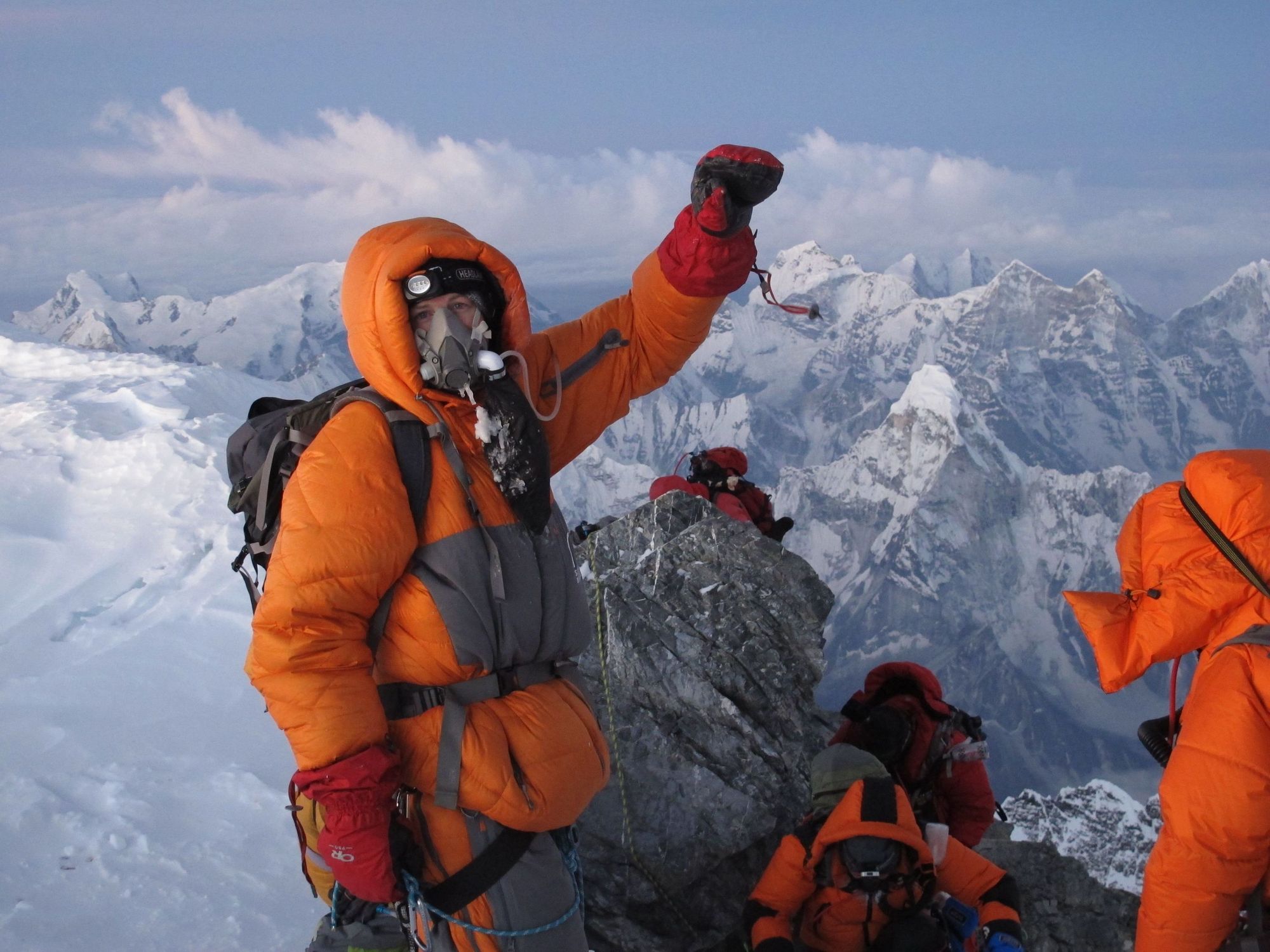
What Effects Does High Altitude Have on the Body?
According to George, aside from the (very subtly) altered vision at around 1,000 metres, most people begin to feel the effects of altitude at around 3,000 metres.
“There are rare and unlucky humans who can get proper altitude illness below 3,000 metres, but they're a rarity,” he says. “You can fly from zero to 3,000 metres. People often do, and it's usually fine. It's not necessarily recommended but there's plenty of international travellers who land in La Paz (which is at 3,625 metres) not having acclimatised - it's a pretty normal thing to do. But if you try and climb two flights of stairs in La Paz the day you arrive, you'll notice the difference.
We’re not really suited by design or evolution to living at three or four thousand metres
“At 3,000 metres your body is starting to make adaptations. The first one is the recognition that the oxygen levels are lower, which leads to a slightly faster breathing pattern. The predominant adaptation of us humans at altitude is to breathe faster in the short term.
"There's lots of other things going on. Some of them are physiological and helpful, but others are pathological - which means a disease or a bad process - because we’re not really suited by design or evolution to living at three or four thousand metres.”
Between 3,000 to 4,000 metres, most people’s bodies are still adapting to the altitude. Alongside a faster breathing pattern, heart rate increases - the heart has to pump faster to get more oxygen-rich blood around your body. According to George, people often experience fluid retention followed by diuresis (“a fancy word for peeing a lot”) at around 4,000 - 4,500 metres.
“I don't think anyone understands well that flipping from fluid retention to diuresis phase - when that happens and does it happen in everyone? Is it helpful? Is it unhelpful? The fluid retention bit probably isn't helpful,” George says.
The higher you climb, the more difficult your body will find it to adapt. It’s at the point where the body can no longer adapt that physiology becomes pathology, and you’ll begin to get ill.
Why Do Some People Get Altitude Sickness and Others Don’t?
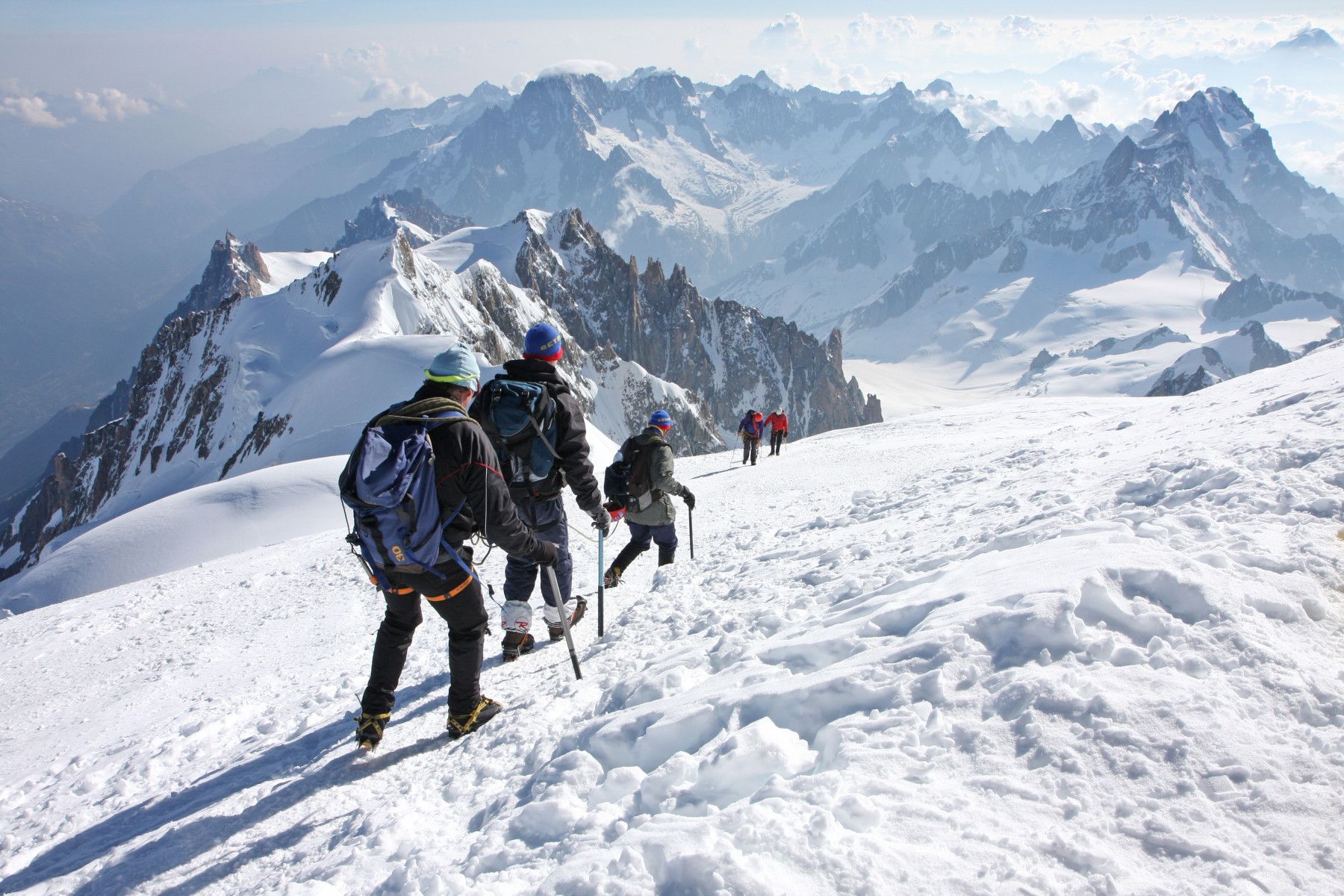
George has read the research around why some people ‘go well’ at altitude and why others don’t. Part of it, he says, is completely random, although there are some genetic factors that can help. But when it comes to risk factors, there are contradictions in the literature.
“Age wasn't supposed to be a risk factor, but there's indication it may be a factor,” he says. “Level of fitness is a controversial one. People who do a lot of exercise sometimes do especially badly at altitude. There are some signals that if you are an elite athlete and you're used to driving yourself to low oxygen levels, and your body just cracks on, you might have blunted your altitude adaptation responses and scored an own goal for acclimatisation. Again, that's not proven, but there is some signal there.
“One of the biggest risk factors is probably having a slight chest infection or cold. If you try to do Kilimanjaro with a cold, you're much more likely to get pulmonary edema. You have those inflammatory hormonal signals all around your lungs, fighting this mild infection, which at sea level you just shake off. When you try to summit Kilimanjaro, it’ll set off this reaction that turns your physiology into pathology, starting those inflammatory processes.”
What Altitude Illnesses are There?
The term ‘altitude sickness’ suggests that there is one illness associated with the inability to adapt to high altitude. However, according to George, there are three main diseases: Acute Mountain Sickness (AMS); High Altitude Pulmonary Edema (HAPE); and High Altitude Cerebral Edema (HACE). He also points out that any illness experienced at sea level can also be experienced at high altitude, and is often intensified by the environment.
I would argue that with recognition and treatment you can prevent all deaths from altitude illness
“The reason it's ambiguous it's because they're all kind of overlapping Venn diagrams of horribleness,” George says. “Quite often people go from disease one to disease two and then if they're really high up, they add disease three. In fact, if you look at who has HAPE and who has HACE, there's an overlap - because the mechanisms are the same, they very rarely exist on their own. If you become very unwell, we will treat you for all three diseases because if one of them is in existence, the other two are likely in existence also, or not far behind.”
However, each disease has several individual symptoms which can enable doctors, guides and experienced trekkers to recognise it.
Acute Mountain Sickness (AMS)
Acute Mountain Sickness is the mildest form of altitude illness, and can occur at altitudes above 2,500 metres.
“A person with AMS has a headache; they feel nauseous. They don't feel good. They don't feel like doing stuff. They might feel dizzy. They don't feel like eating and they might have a stomach upset. And they have to have been at altitude or ascended,” George says.
The best picture to have in your head for AMS is someone who drank 15 units last night at a wedding
"The best picture to have in your head for AMS is someone who drank 15 units last night at a wedding - it's midday and they don't look and feel that good. If you ascend from 3,500 - 4,500 metres, that's what you'll feel like.”
High Altitude Pulmonary Edema (HAPE)
A high altitude pulmonary edema can occur at slightly higher altitudes (normally above 4,500 metres) - an edema is a word used to refer to swelling caused by trapped fluid.
“It's a runaway inflammation and pressure dysregulation at a cellular level that leads to lung problems,” George says. “The lung sacs that exchange oxygen and CO2 fill with fluid. It's a twofold problem. Each lungful has less good oxygen and you can’t take it in. So you become dangerously low in oxygen, and that’s what can kill people. And they will be huffing and puffing really fast. Their heart will be pounding. That person looks like they have pneumonia.”
High Altitude Cerebral Edema (HACE)
Continue to climb and you’re at risk of high altitude cerebral edema (HACE), or swelling on the brain.
“This person can look floridly drunk. They can be laughing at inappropriate things. They will be staggering around - we call this ataxia - so they are off-balance. You know how a person who’s drunk walks - they have a broad gait and they hold onto things and they fall over and their vision swims,” George says.
“People with HACE could also get inappropriately warm. They’ll be at high altitude, it'll be minus 10 outside, but they'll take off all their clothes and run around. You make bad decisions because your brain is swollen. Plus, this is people who can't clip into a rope. They can't actually coordinate with a carabiner because they become poorly coordinated.
“However, people can also appear excessively sleepy, and in severe cases slip into a coma (less of the ‘uncoordinated euphoric slurring-speech drunk person’, more of the ‘sleepy drunk person’.)”
However, while this disease sounds serious, it’s worth mentioning that it’s not common. A 2021 study calculated that 0.5% to 1% of people visiting high altitudes were afflicted with HACE, the vast majority of whom had also suffered from AMS and HAPE. Acting early when you have AMS will therefore prevent anything more serious from taking place.
“The key thing is recognition. Because the treatment of these diseases is incredibly easy,” George explains. “I would argue that with recognition and treatment you can prevent all deaths from altitude illness. But if you proceed up you become sicker and sicker, and your body will make that pretty clear to you pretty fast. If you don't remove those triggers for brain swelling or lung edema, it spirals and gets worse and worse. What was physiology and adaptation becomes pathology; rather than acclimatising more per day and getting better, each day you get worse until you are at death's door.”
How to Treat Altitude Sickness
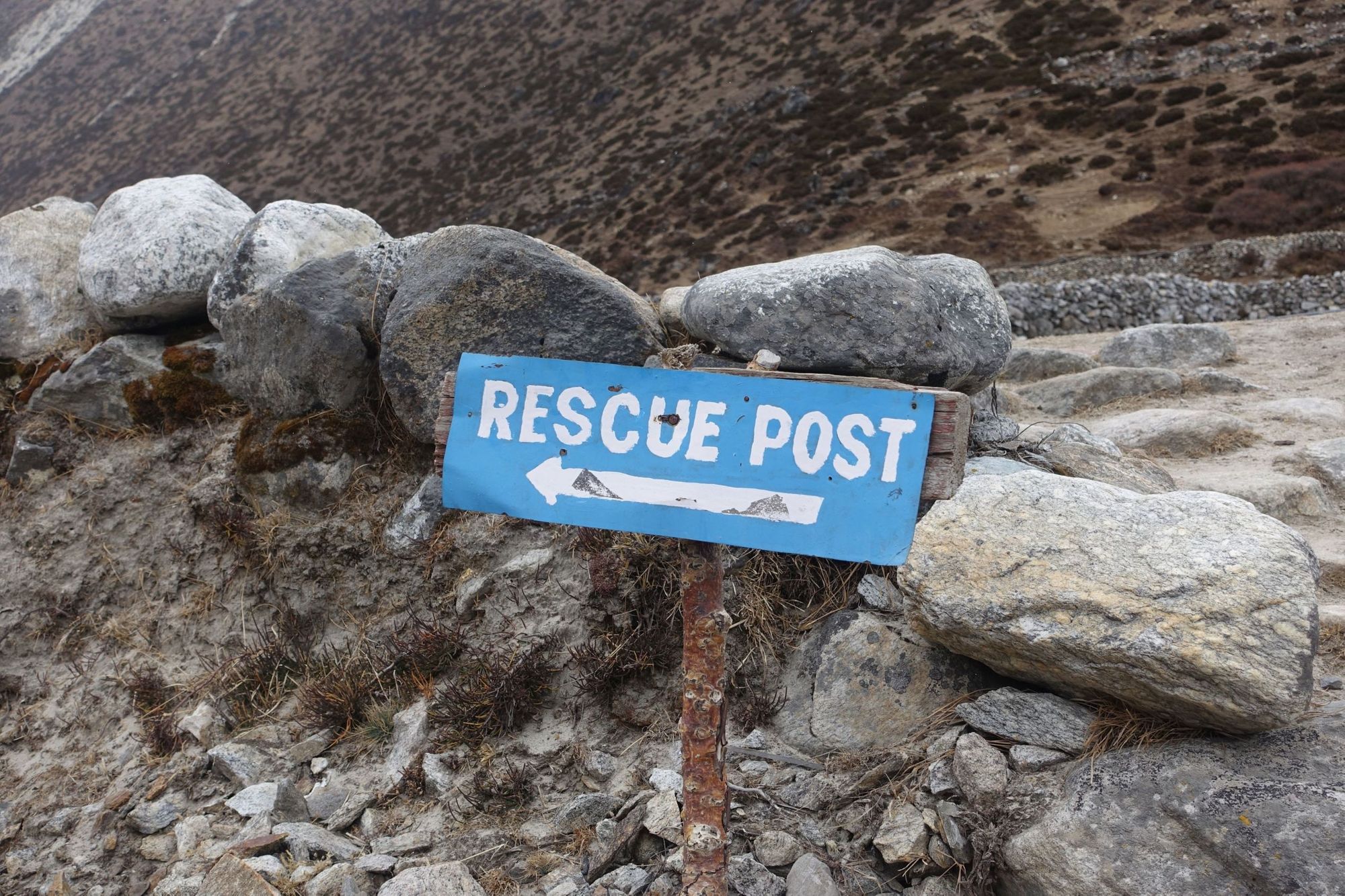
So how exactly do you treat altitude illness? George outlines several options, though descent from altitude should be stressed as the most crucial. Medication is one of them.
“We use Diamox for treatment - you can treat a mild headache with that. For pulmonary edema, we use a drug called Nifedipine. It relaxes those blood vessels that are very constricted and tries to get rid of some of the edema, the water on the lungs. It’s very successful, but it comes with its downsides,” he says.
“And then for cerebral edema we use dexamethasone, which is the same thing that gets used to treat covid, either as a tablet or as an intramuscular injection just like a vaccine would be. So three diseases, three drugs and three treatments.”
However, the simplest and most effective cure for altitude illness is descent.
“You just descend a thousand metres and things will get significantly better. Recognise it and descend. If it's a mild acute mountain sickness, it's acceptable to recognize and stay put, try and take time to acclimatise. If you go up, that's a bad decision and it could cost you your life,” George says.
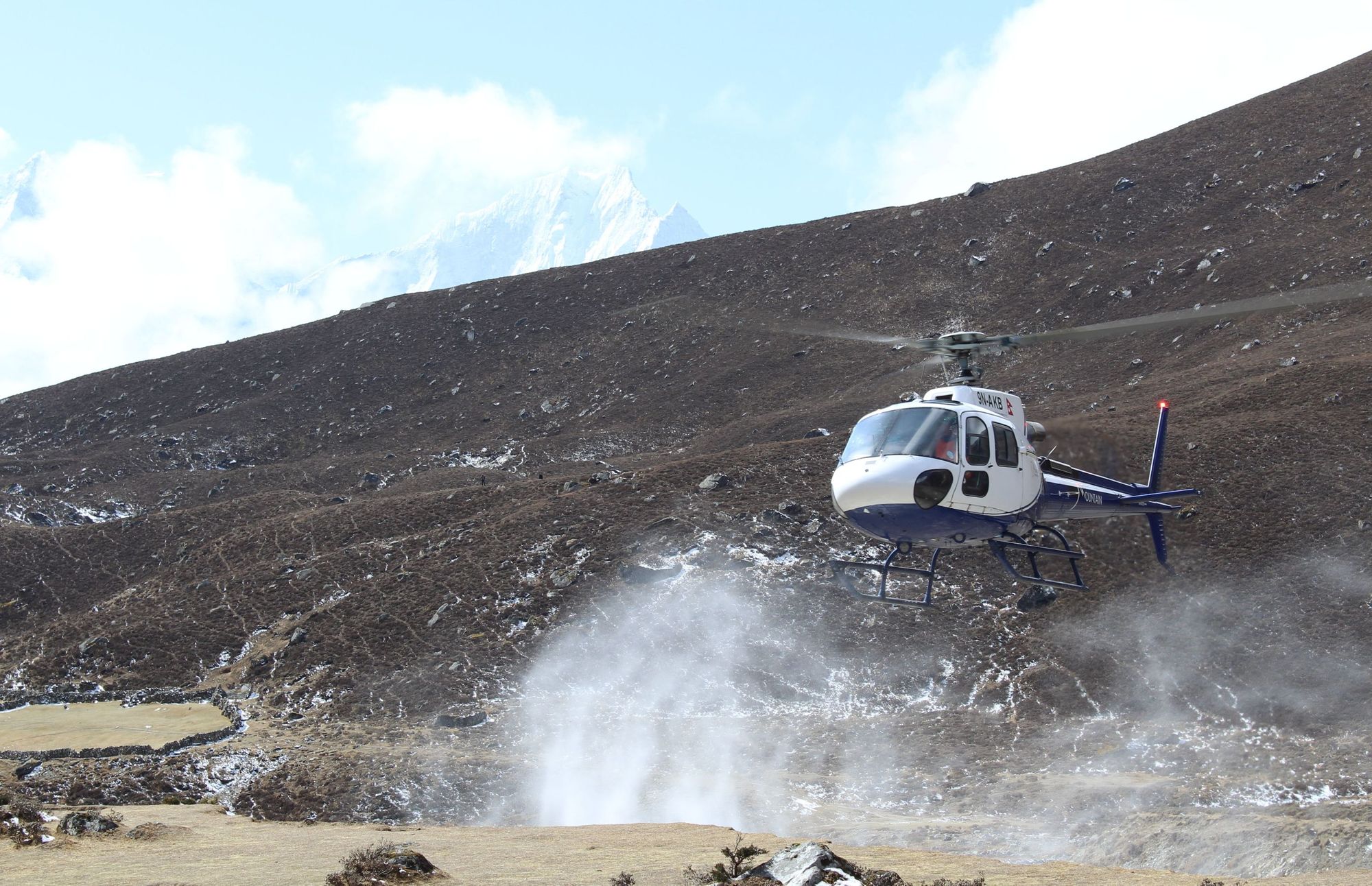
He admits that trekkers don’t always take this advice well, especially when they’ve trained for a long time or paid a lot of money to go on the trek.
“I think of myself as people's advisor rather than their boss. I've advised many people at the rescue posts to stay put or descend and they have disregarded my advice. With the milder end of the disease, they are making their own informed choice, and that's okay. But that being said, if someone's got cerebral edema, that's a special case. They're not really competent to make the decision,” he says.
If an individual is too ill to walk, there are several options for descent. Helicopters and horses are used in Nepal, while trolleys operated by people are used on Kilimanjaro. Another option is a ‘mock descent’ by using a portable hyperbaric chamber, also known as a Gamow Bag. Easy to use and (relatively) easy to transport, it can be inflated with a foot pump with the sufferer inside. It increases the air pressure, allowing someone to take in more oxygen, thereby simulating a reduction in altitude.
How Can I Avoid Altitude Sickness?
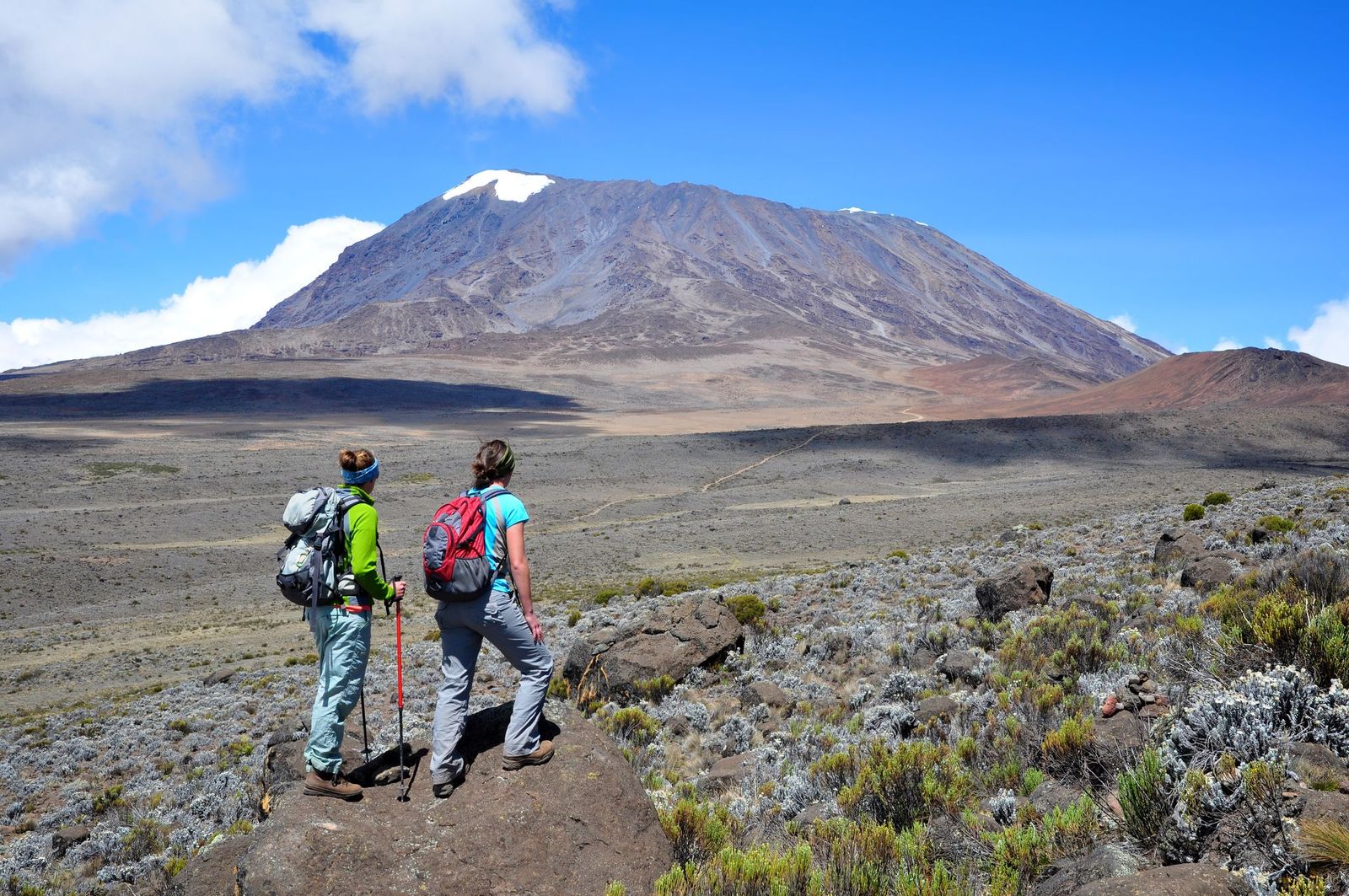
Some trekkers choose to take a drug called acetazolamide (more commonly known as Diamox) to help prevent altitude illnesses. Diamox increases the amount of bicarbonate your kidneys excrete. This makes your blood more acidic (reducing the respiratory alkalosis that happens at high elevations and bringing the acid-base balance to a more even keel), which helps oxygenation and acclimatisation. A side effect is that you'll pee a lot more.
According to George, there are debates over whether or not to take Diamox for prevention of altitude illlness (using it to treat AMS is established and based on good evidence). For some people, it's a good idea 'just in case'; for others, taking a new medicine in remote environment doesn't appeal. Ultimately, it's an individual choice - and one to be taken in consultation with a medical professional.
Your itinerary is the way to stay safest. So chill, choose a nice slow, ascent profile and don't rush it
For George, there is a more simple - and very effective - way to prevent altitude sickness. Ascend slowly, and take rest days to acclimatise. Try not to exert yourself with any unnecessary exercise. This type of slow ascent profile gives your body more time to adapt, and means you are less likely to get ill.
“The arguments still rage and I can't prove to you the best ascent profile, but we have our suspicions; I was always taught 400 metres of vertical ascent per day. But you can go up 600 metres and down 200 metres - it's the altitude you sleep at that's crucial,” George says. “If I had extreme fitness and could run up to 4500 metres and back down to basecamp, at zero metres, in a day, I wouldn't get altitude sickness - there wouldn’t be time for it to develop.”
“It should be said that the final push to the top - when you touch the summit pole and then head down pretty quickly - is clearly going to be more than 400 metres for the vast majority of mountains. For Kilimanjaro, that final day is 1,000 metres or more. Many trips are more aggressive than this, and you can be more aggressive than this is - but you start to take risks.”
His advice: always choose trekking itineraries with rest days and acclimatisation hikes.
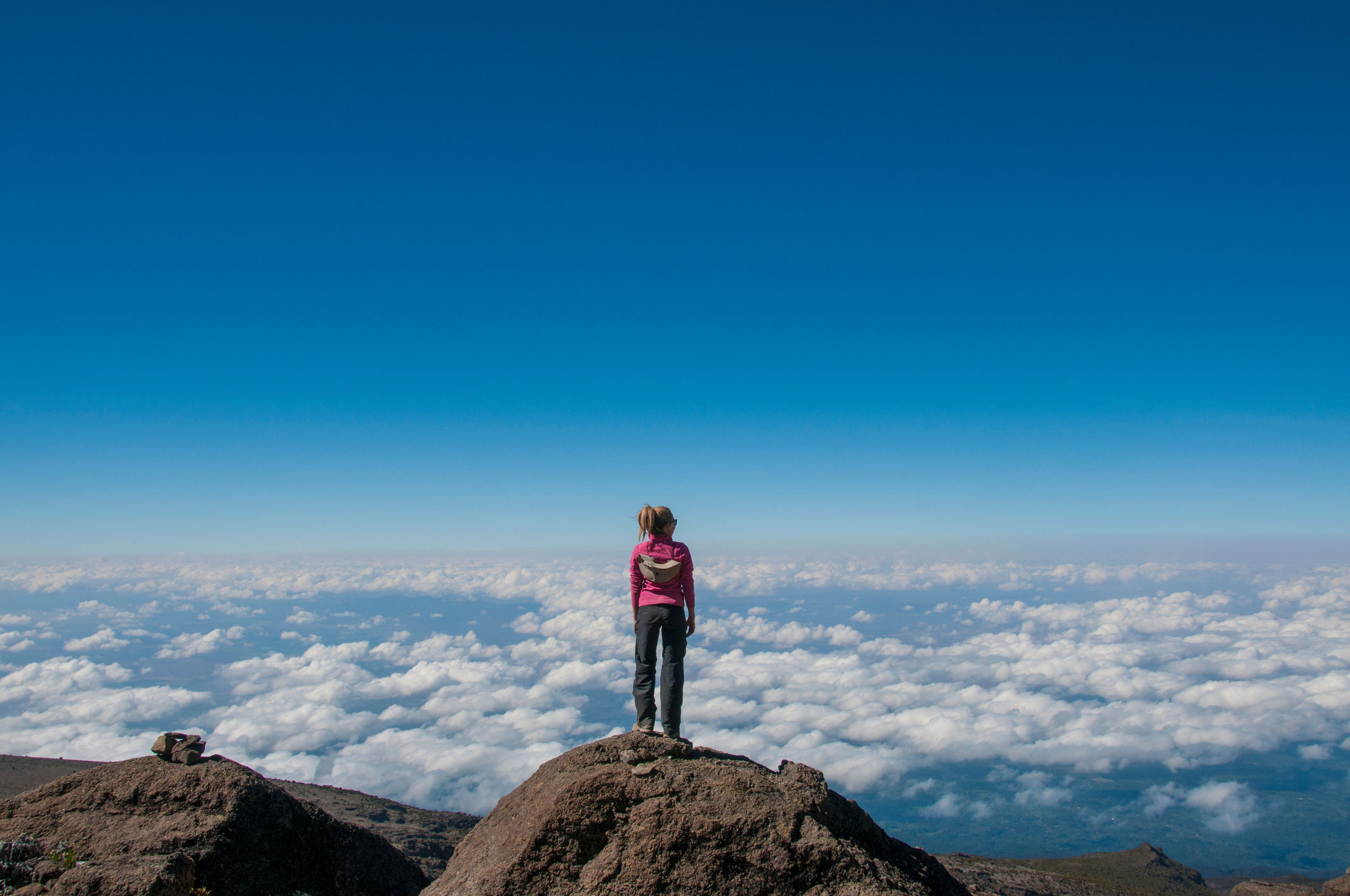
“Your itinerary is the way to stay safest. So chill, choose a nice slow, ascent profile and don't rush it. There's an increasing tendency to think ‘‘I've got 10 days of annual leave. I'm gonna smash this trip to Base Camp’, but actually you have to recognise that you're in a rural environment where timeframes don't always run to a Western schedule. So if the flight takes two days because of bad weather, you’ve squashed your itinerary,” he says.
“Choosing your company wisely is also about keeping you safe, your teammates safe and your porters safe. You want to choose responsible companies that have signed up to porter protection charters and guidelines. Porters should have evacuation capability just like the trekkers and should not be carrying too much weight. So it's all about choice - safety happens before you go. And then when you get to this dangerous environment you're with trusted people who know what they're doing.”
Want to trek in safe hands? Check out our Mountain Climbing trip collection.


